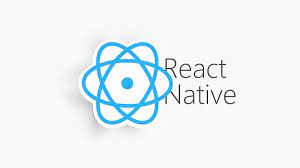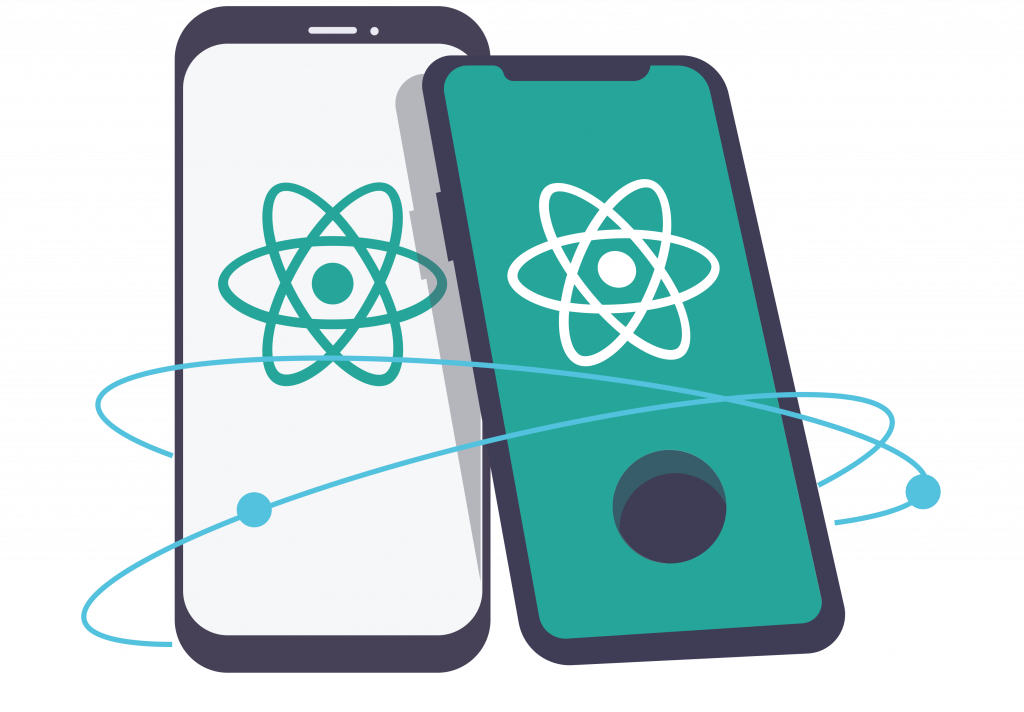
I. Introduction
Mobile applications have revolutionized our digital era, becoming indispensable tools in our daily lives. At the core of their success lies an essential ingredient: performance. In this article, we will delve into the heart of this fundamental concept, unveiling the secrets to creating exceptionally performing React Native applications. Get ready for a journey into reactivity and efficiency, where every detail matters to deliver an unparalleled user experience.
II. Introduction to React Native and the Imperative of Exceptional Performance

React Native: The Art of Performance
Welcome to this first pillar dedicated to the excellence of React Native and its imperative for exceptional performance. React Native, as a hybrid mobile development platform, is more than just an option—it's the smart choice for a successful mobile application.
Pro Tip: When you go React Native, you're choosing a path that combines the efficiency of cross-platform development with the promise of a seamless user experience. But don't stop there. Be sure to explore the latest releases and best practices to get the most out of this ever-changing technology.
Performance: The Key to Success
Understanding why exceptional performance is crucial to mobile app success is the first step toward excellence. Picture this: your app is fast, responsive, and never leaves your users waiting. This is what separates average apps from App Store champions.
Pro Tip: To measure the performance of your application, use profiling tools such as React Native Performance or Reactotron. This will help you identify bottlenecks and optimize your code for maximum responsiveness.
The Choice of Technology
Your choice of "High-Performance React Native" technology can be the cornerstone of your project. However, it's only the beginning. Ensure that your development team masters this technology and follows best practices.
Pro Tip: To ensure exceptional performance, invest in training your team. Make sure they are up to date with the latest versions of React Native, leverage Ahead-of-Time (AOT) and Just-in-Time (JIT) compilation, and adopt asynchronous programming best practices. This will allow you to maximize the performance of your application from the start.
By following these tips and staying on top of advancements in the field of React Native, you'll be on your way to creating exceptional mobile apps that satisfy and delight your users with every interaction.
III. Performance-Driven Design for Elite Responsive Applications

Optimized Component Design: The Key to Responsiveness
In this crucial second step, we dive into the heart of performance-driven design for elite React Native applications. The design of optimized components is the cornerstone of this approach. Here are essential tips for creating components that maximize the responsiveness and efficiency of your application:
- Avoid Over-Complexity: It's tempting to add complex functionality to your components, but this can slow down your application. Opt for simplicity and modularity for more efficient components.
- Use Component Memorization: Component memoization can reduce rendering time by avoiding recalculating identical results. Libraries such as React.memo and useMemo can be valuable.
- Lazy Loading: Load components lazily, that is, only when the user needs them. This reduces initial loading time and improves user experience.
Pro Tip: To evaluate the performance of your components, use tools like the React DevTools Profiler to identify which components are taking the longest to render, then optimize them accordingly.
Intelligent Image Management: The Power of Progressive Loading
Intelligent image management is another key element of performance-driven design. Here are some progressive loading techniques for faster loading times:
- Delayed Loading: Load images visible on the screen first, then those that are out of view. This approach allows for a faster user experience.
- Image Compression: Use image compression tools to reduce file size while maintaining visual quality.
- Use Web Formats: Favor image formats such as WebP, which offer better compression without sacrificing quality.
Pro Tip: Use an image management library like “react-native-fast-image” to implement these techniques optimally.
Adaptive Architecture: A Consistent Experience Across All Platforms
To ensure a consistent user experience across different platforms, an adaptive architecture is essential. Here are practical tips for implementing this architecture successfully:
- Reusable Components: Create reusable components that automatically adapt to the specifics of each platform. This reduces development work.
- Cross-Testing: Conduct extensive testing across different platforms to ensure your app works seamlessly.
- Follow Conventions: Follow the design conventions of each platform (iOS and Android) for a familiar user experience.
Pro Tip: Use a library like “react-native-responsive-screen” to handle screen size and resolution differences elegantly.
By following these recommendations and implementing performance-driven design, you'll be on your way to creating exceptional React Native apps that deliver a smooth, responsive user experience, regardless of platform. Performance is the key to success, and these tips will help you achieve it.
IV. Optimization Strategies for React Native Applications at the Peak of Performance

Proactive State Management: Ensuring Fluidity
In this crucial third step, we explore optimization strategies to take your React Native applications to the peak of performance. Proactive application state management is an essential component, aiming to avoid slowdowns by optimizing memory management. Here are some practical tips:
- Memory Cleanup: Make sure to free memory regularly by removing unnecessary references and avoiding memory leaks. Use libraries like “redux-persist” for efficient data persistence management.
- Performance Monitoring: Use profiling tools like React Native Performance to identify bottlenecks related to application state management. This will allow you to effectively target improvements.
Pro Tip: Implement memory management mechanisms such as garbage collection to avoid memory leaks. Make sure cached data and unused objects are cleaned regularly.
AOT and JIT Compilation: Accelerate Startup and Performance
Ahead-of-Time (AOT) and Just-in-Time (JIT) compilation are powerful tools for optimizing your application's startup time and in-use performance. Dive into these advanced techniques with the following tips:
- AOT optimization: Use tools like “metro-config” to configure your application to make the most of AOT compilation. This will reduce startup time significantly.
- Dynamic JIT: Explore the possibilities of dynamic JIT to load code on demand, thereby reducing the initial size of the application and speeding up startup.
Pro Tip: Perform performance testing before and after implementing these techniques to measure the real impact on your application. You might be surprised at the gains you get.
Asynchronous Programming and Parallelization: Uninterrupted Responsiveness
To ensure a smooth user experience, asynchronous programming and parallelization are essential. Get a step-by-step guide to implementing them with these handy tips:
- Asynchronous Optimization: Use asynchronous promises and functions to efficiently handle asynchronous operations, ensuring a smooth user experience.
- Leverage Threads: Use background threads to perform CPU-intensive tasks without disrupting user interface responsiveness.
Pro Tip: For efficient parallelization, consider using libraries like “react-native-workers” to run background tasks transparently.
By following these recommendations and implementing these advanced optimization strategies, you will propel your React Native applications to new heights of performance. Proactive state management, AOT/JIT compilation, and asynchronous programming are key to delivering a great user experience without slowdown or interruption. Always keep in mind that optimization is an ongoing process to keep your applications at peak performance.
V. Advanced Tools and Best Practices for Performance-Focused React Native Development

Profiling and Debugging: Examine Performance in Depth
In this essential fourth pillar, we dive deep into advanced tools and best practices for performance-driven React Native development. Profiling and debugging play a central role in optimizing your application. Here's how to master them:
- React DevTools: Explore advanced React DevTools features in detail to inspect components, track state updates, and detect unnecessary renders. Identify components that are causing excessive updates and optimize them accordingly.
- Reactotron: Use the Reactotron tool to visualize the performance of your application in real time. It provides a complete view of the state of your application, possible errors, and interactions with the API.
Pro Tip: Schedule regular profiling sessions to identify performance bottlenecks, then prioritize optimizations based on their impact on user experience.
Success Case Study: Learning from Best Practices
To give you a clearer idea of the impact of these practices, let's look at a real-life case study: the “HealthTrack. »
HealthTrack: A High Performance React Native Success Story
HealthTrack is a fitness tracking app that has seen phenomenal success on iOS and Android. It was developed using React Native with a particular focus on performance. Here are some of the key strategies that contributed to its success:
- State Management Expertise: The development team adopted Redux to effectively manage the state of the application, ensuring constant responsiveness. Developers also used “Reselect” to optimize selectors and minimize unnecessary rendering.
- AOT/JIT Optimization: HealthTrack benefited from optimal AOT compilation for fast startup times. The JIT technique was used to dynamically load modules when necessary, thereby reducing the initial size of the application.
- Rigorous Load Testing: The team developed complex load testing scenarios, simulating thousands of active users. This helped identify areas of weakness and optimize performance under high loads.
By applying these best practices, the HealthTrack application achieved exceptional performance, providing a smooth user experience even under heavy usage conditions. This case study demonstrates that mastering advanced tools and implementing performance-driven strategies can lead to success in the competitive mobile app market. The quest for performance is a constant journey, but with the right resources and knowledge, you can achieve exceptional heights.
VI. Excellence Ensured through Mastery of High-Performance React Native
In summary, you have deeply explored the four fundamental pillars for building high-performing React Native applications. Mastering these principles is the key to ensuring your applications deliver unparalleled responsiveness and an exceptional user experience. But it is not enough to know these pillars; they must be put into practice.
- Performance-Driven Design: Apply performance-driven design principles by creating optimized components, intelligently managing images, and adopting adaptive architecture. These architectural choices will determine the responsiveness of your application.
- Optimization Strategies: Explore optimization strategies, from proactive state management to AOT/JIT compilation and asynchronous programming. These advanced techniques will help you eliminate performance bottlenecks.
- Advanced Tools: Take advantage of advanced tools such as profiling, load testing and case studies to constantly monitor, evaluate and improve the performance of your application.
Stay at the Cutting Edge: Excellence is a Continuous Journey
As a mobile development professional, it's essential to stay ahead of emerging trends. The development landscape is constantly evolving, and user expectations are increasing. Be encouraged to follow these trends, explore new technologies, and continue to hone your performance optimization skills


